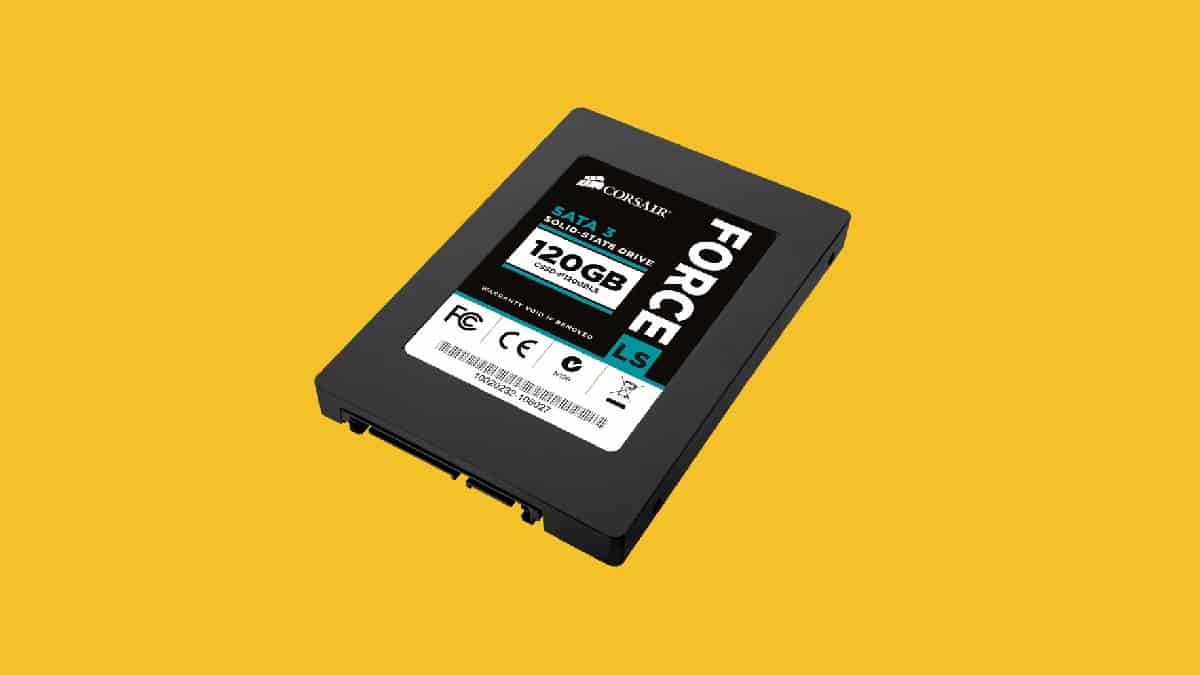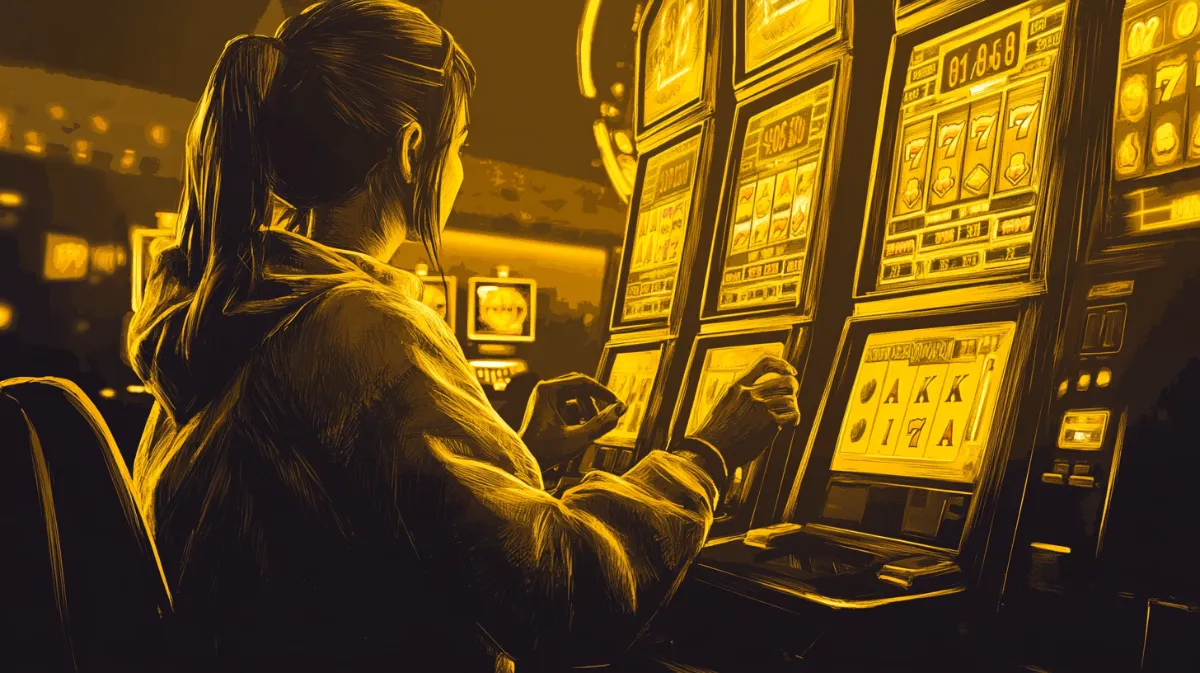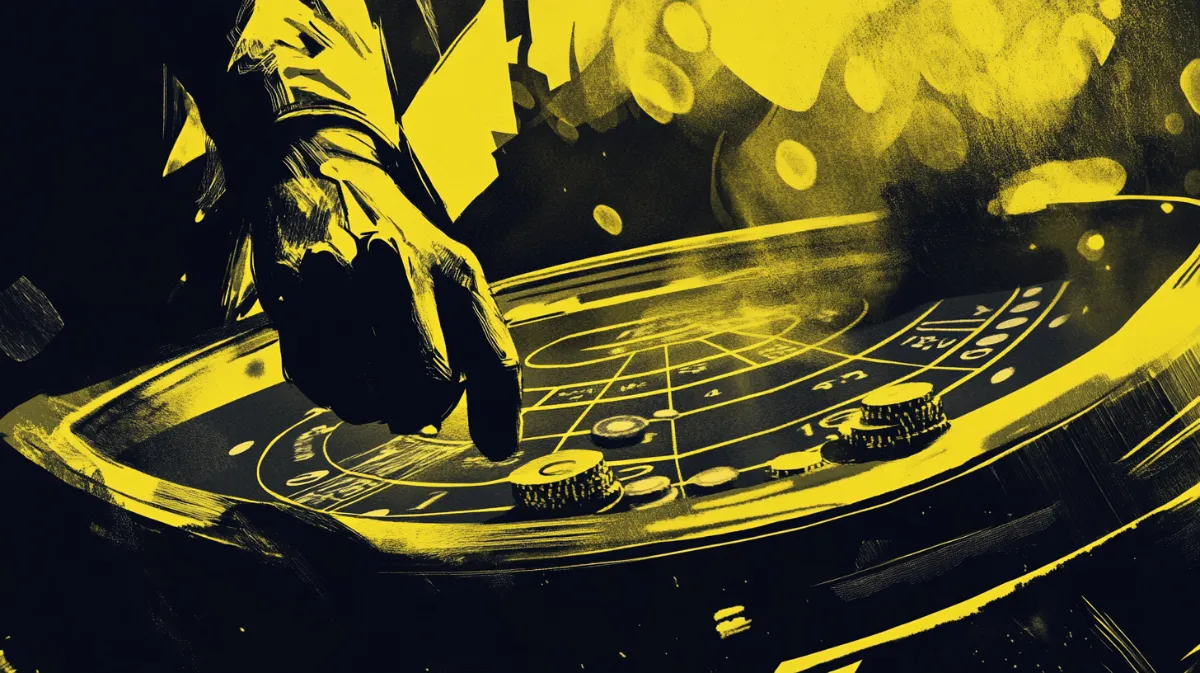You can trust VideoGamer. Our team of gaming experts spend hours testing and reviewing the latest games, to ensure you're reading the most comprehensive guide possible. Rest assured, all imagery and advice is unique and original. Check out how we test and review games here
With the game so close to a launch, fans are wondering: why does Starfield require an SSD to play?
The announcement of Starfield’s system requirements certainly told us one thing: it isn’t going to be an easy game to run. Indeed, if Jedi Survivor’s PC performance issues are anything to go by, it’s that modern AAA games are increasingly demanding on older PC hardware. One of the most eyebrow raising requirements is that the game’s file size requires 125GB of storage space, meaning you might struggle to free up the space if your gaming laptop or gaming PC is running on a 250GB SSD.
In light of this, Steam has added a note in their system requirements page to say that Starfield will require an SSD card to play. Why have Bethesda chosen to make an SSD required for the game, and is there a minimum storage size you should go for?
Why does Starfield require an SSD?
Starfield is the latest game from Bethesda Game Studios, and the vast universe directed by Todd Howard is the first new IP outside of the Elder Scrolls and Fallout series. My personal memories of Skyrim include sitting in front of the loading screens for nearly as much time as I was actually in-game, though this wasn’t necessarily an issue with the game but my archaic hard drive whirling around in my PC.
An SSD is going to help to drastically reduce load times in-game, making the most out of your GPUs potential by easing load strain. Most next-generation games are going to be dense and packed full of content, so alleviating any stress on them is going to be crucial for Bethesda fans hoping to enjoy an immersive experience.
What type of SSD do you need for Starfield?
The type of SSD you need for Starfield is dependent on the type of motherboard you have. Before buying an SDD card, first, check what kind of connectors your motherboard has. It’s likely a 2.5 inch SSD will do the trick, but you’ll want to check the manual of your motherboard to be sure. Most motherboards come with either SATA and PCIe slots. It’s crucial to make sure what size socket your motherboard has, if any, before purchasing your SSD for Starfield. If your motherboard supports PCIe, you’ll also need to check whether it’s comparable with PCIe x2 or x4, and how many PCIe lanes there are available.
You’re going to want to also check if your RAM and CPU support NVMe data transfer or if you’re going to have to settle for SATA. Ideally, NVMe will get rid of any lengthy load time issues, both in game and on your operating software in general. Similarly, it will ever so slightly improve your frame rate by boosting data transfer between the game files and your graphics card. Not only does an SSD vastly improve your average data transfer rate, but an SSD is a great future-proof choice to gear up your PC with.
If you’re still struggling to choose – simply head on over to our guide on the best SSD for Starfield.
Should you upgrade your storage for Starfield?
Now that we’ve established that Starfield takes up a chunky 125GB of storage on your PC, you’ll need to decide what size SSD card to go after. We recommend going for the biggest SSD card you can afford. It doesn’t look like PC games are going to get any smaller, so it might be more cost-effective to invest in a 1-2TB SSD card now. Ahead of the game’s launch, why not check out where you can pre order Starfield.
Frequently asked questions
Will an SSD make my PC games faster?
Yes, games load significantly faster with the help of an SSD, especially if its PCIe. SSDs can also help reduce a game’s latency, more so than if you were using an HDD.






